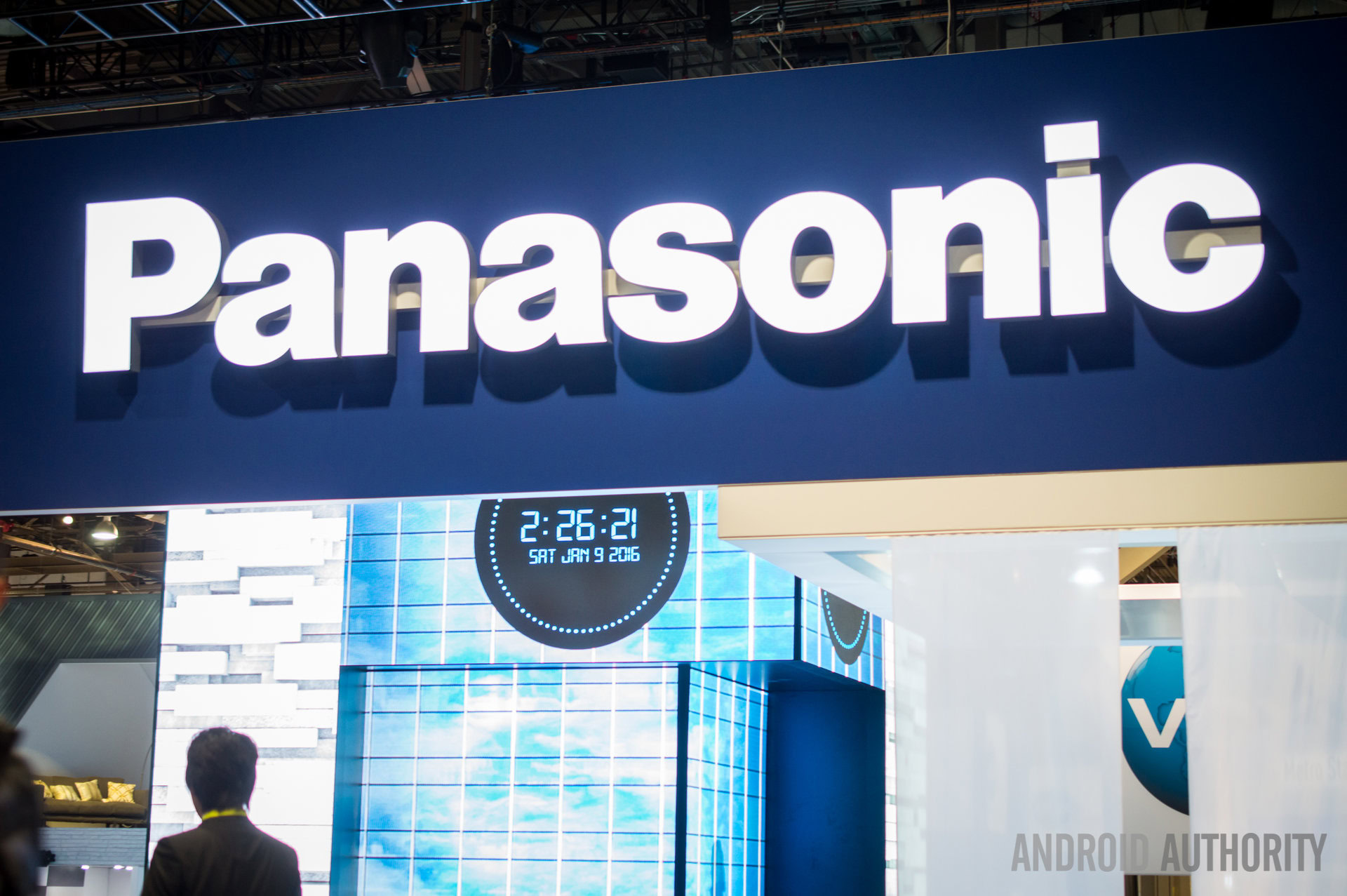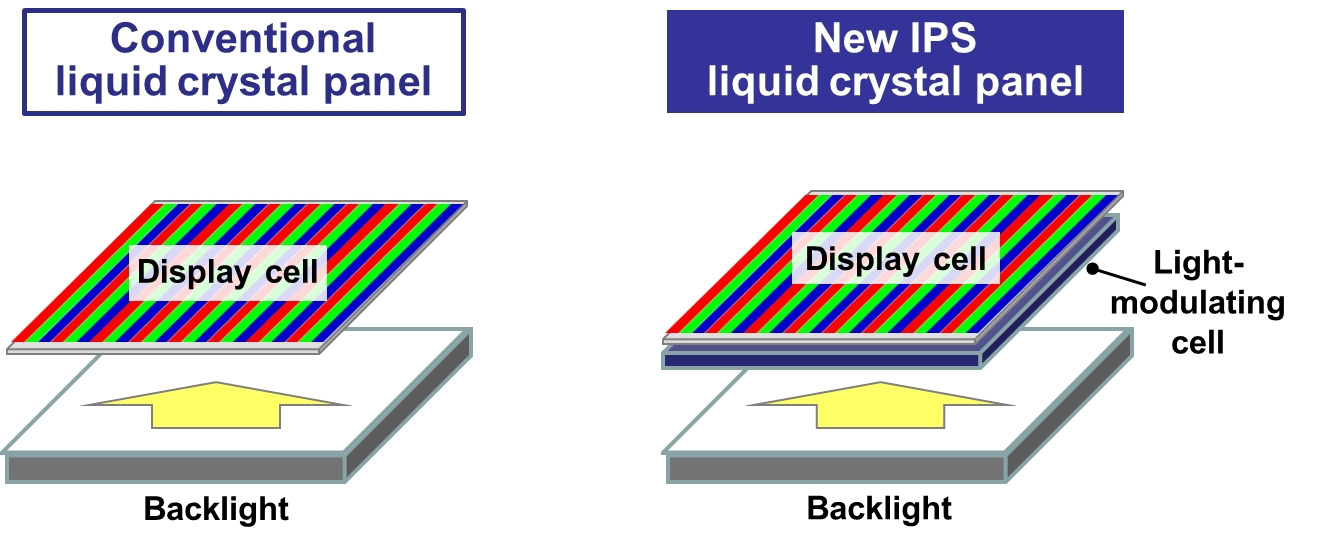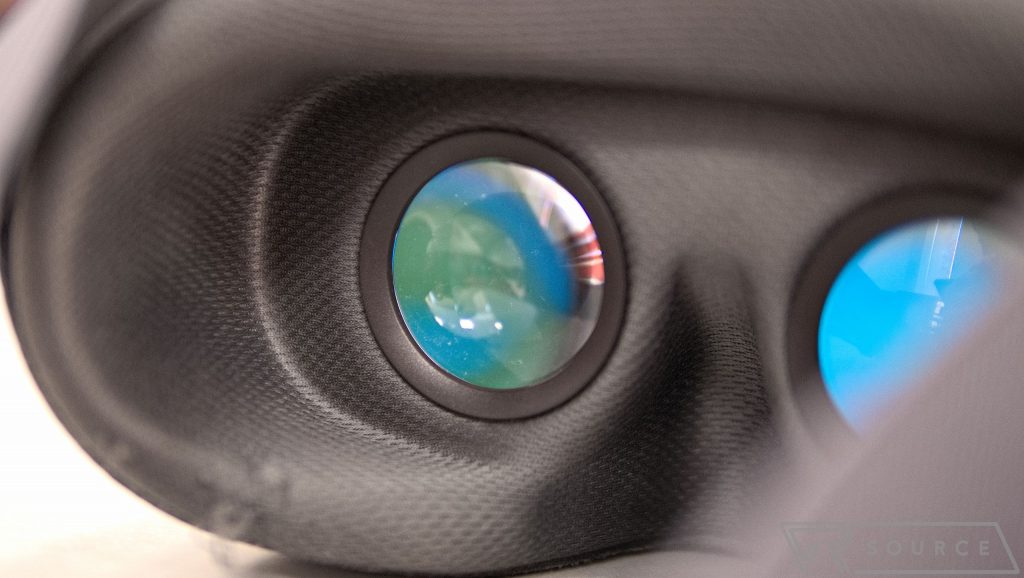Affiliate links on Android Authority may earn us a commission. Learn more.
Panasonic announces 1,000,000:1 contrast ratio LCD panel to rival OLED

While OLED may be seen by many as the future of mobile and large panel displays, LCD manufacturers have recently come along with a number of innovations breathing new life into the panel type, including Quantum Dot and fast refresh rate technology. Today, Panasonic has unveiled its latest LCD IPS display that boasts a 1,000,000:1 contrast ratio. That’s up to 600 times more contrast than some of the company’s conventional LCD panels, which offer around 1800:1 ratios, and rivals OLED specifications.
Panasonic has accomplished this through the use of its new light modulating cell technology, which allows the company to switch off individual pixels in the display using a secondary control layer. Typically, LCD backlights mean that either the entire or only large parts of the display can be dimmed at any one time. OLED panels switch of lights entirely for a black pixel to offer very high contrast ratios, and this new LCD technology works on a very similar principle. This is particularly important for reproducing HDR video content, which is becoming increasingly popular.

Furthermore, this new light modulating cell technology allows Panasonic to increase the peak brightness and stability of the display, which can reach 1,000 cd/m2 while also providing HDR colors. Many other HDR TV panels top out in the range of 700 to 800 cd/m2, so colors, highlights, and shadows should appear vivid and realistic.

Unfortunately, Panasonic’s new technology is quite expensive and won’t be heading to small form factor mobile panels, at least not yet. Although it can be built on existing LCD manufacturing lines, so prices should come down. The company states that it will be targeting the technology at panels in the high-end broadcasting, video production, medical, and automotive fields first, with sizes ranging from 55 to 12 inches. Sample shipments are scheduled to begin in January 2017, so we won’t see it in products for a little while yet.